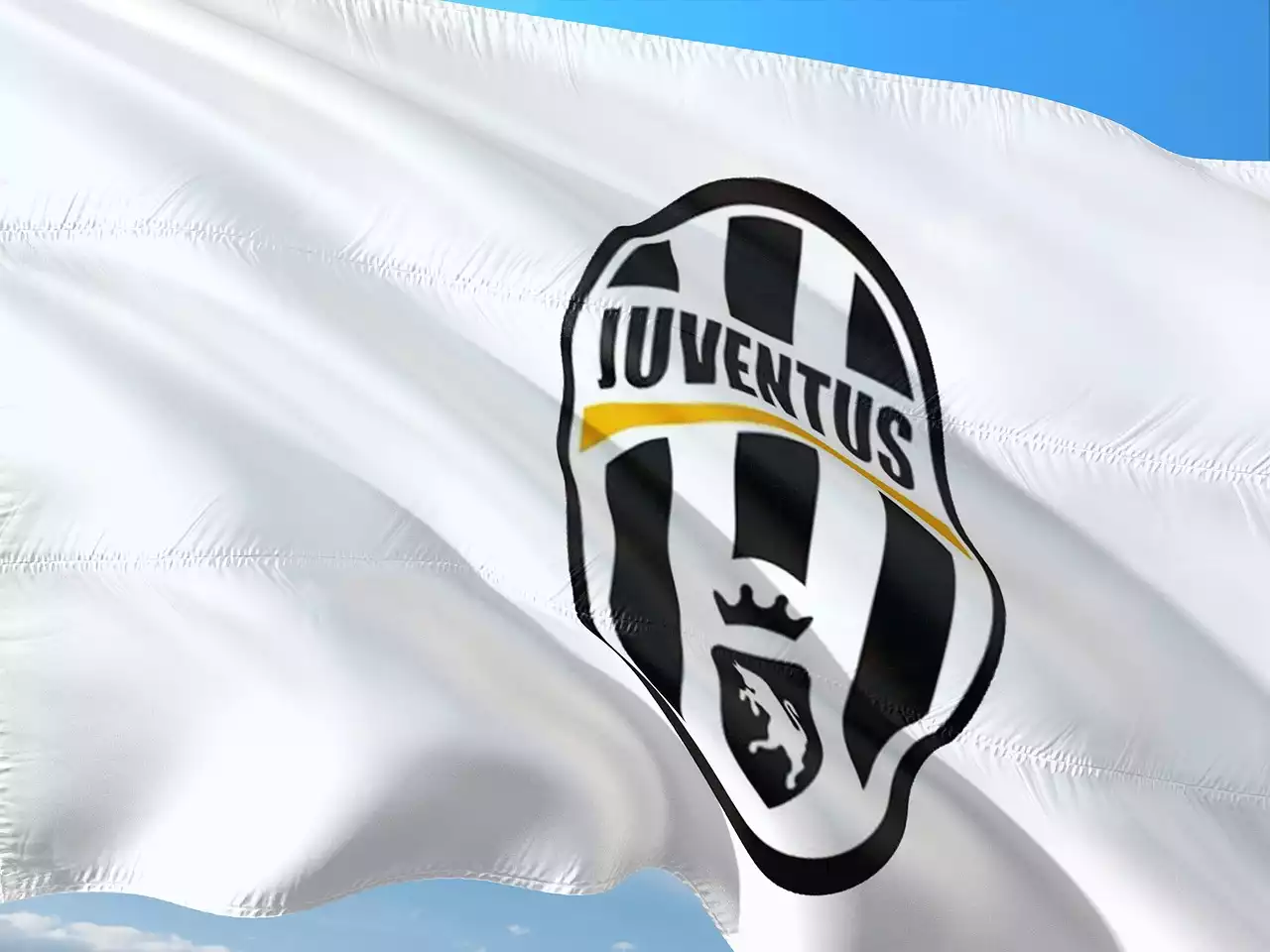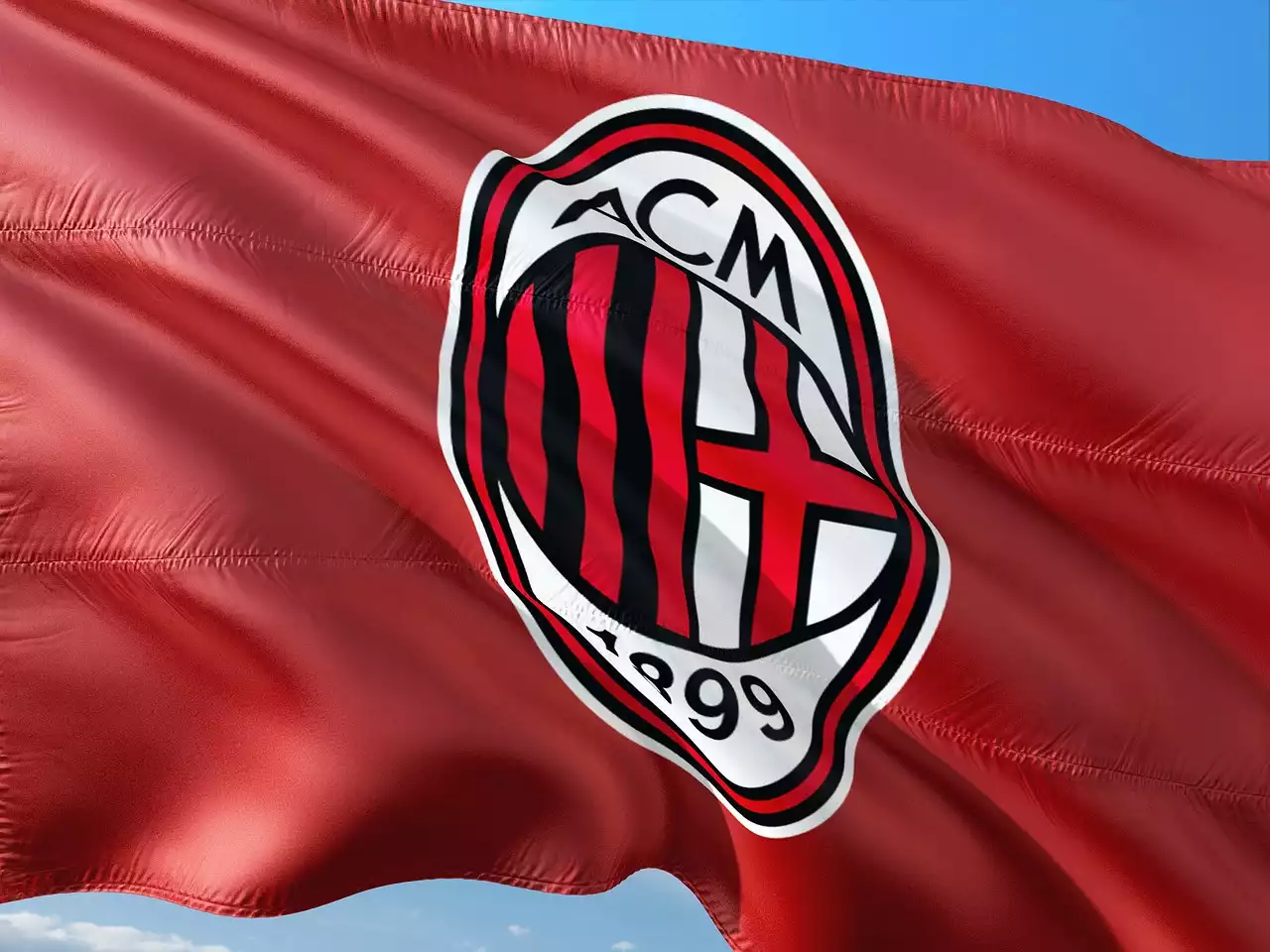The significance of club cultures in Serie A
Club cultures in Serie A play a vital role in shaping the identity and character of each team. These cultures are deeply rooted in the history and traditions of the clubs, reflecting the values and aspirations of the fans. They provide a sense of belonging and community, uniting supporters under a shared passion for their team. Serie A is known for its passionate fanbases, and the club cultures contribute to the intense atmosphere seen in stadiums across Italy. The significance of club cultures extends beyond the matchday experience, influencing various aspects of the club's operations, including marketing, player recruitment, and fan engagement.
Historical origins and evolution of club cultures in Serie A
The origins of club cultures in Serie A can be traced back to the early days of Italian football. The formation of the league in 1898 marked the beginning of organized football in Italy, with teams representing different regions and cities. As the sport grew in popularity, the clubs developed their distinct identities, often influenced by the local culture and traditions. For example, AC Milan's club culture embodies the elegance and sophistication associated with the city of Milan, while Napoli's culture reflects the passion and intensity of the southern Italian region. Over the years, these club cultures have evolved, adapting to the changing times while retaining their core values and traditions.
Key characteristics of club cultures in Serie A
Each Serie A team has its own set of key characteristics that define its club culture. These characteristics can be seen in various aspects of the club, including its playing style, fan behavior, and traditions. For instance, Juventus is known for its tactical approach to the game, emphasizing discipline and precision. On the other hand, teams like Roma and Lazio have passionate fanbases known for their fierce rivalry, creating a charged atmosphere during their derby matches. The club cultures also influence the team's branding and visual identity, with unique colors, logos, and mascots representing each club's heritage and values.
Rivalries and derby matches in Serie A
Rivalries and derby matches are an integral part of Serie A's club cultures. These matches not only generate excitement and anticipation among fans but also showcase the intense rivalries between teams. The Milan derby between AC Milan and Inter Milan, for example, is one of the most fiercely contested matches in Italian football. The rivalry between Juventus and Napoli is another highly anticipated fixture, fueled by the contrasting styles and identities of the two clubs. These derby matches bring out the passion and emotions of the fans, creating an electric atmosphere in the stadiums.
The impact of club cultures on fan engagement and loyalty
Club cultures play a crucial role in fan engagement and loyalty in Serie A. The strong bond between the clubs and their fans is built on shared values, traditions, and experiences. Supporters identify with the club's culture and feel a sense of belonging to the community. This deep connection fosters loyalty and commitment, with fans standing by their team through thick and thin. Club cultures also contribute to the matchday experience, with fans actively participating in chants, rituals, and celebrations that are unique to their club. The emotional connection forged through club cultures creates a lasting impact on fan engagement and loyalty.
Club cultures and player recruitment in Serie A
Club cultures have a significant influence on player recruitment in Serie A. When teams look to sign new players, they consider not only their technical skills but also their compatibility with the club's culture. This ensures that the players not only perform on the pitch but also integrate well into the team and connect with the fans. For example, Napoli's club culture demands players who can handle the intense pressure and passion of the supporters. Juventus, on the other hand, looks for players who can adapt to their tactical approach and embrace the club's winning mentality. The alignment between the club's culture and the players' values contributes to a harmonious and successful team dynamic.
Club cultures and marketing strategies of Serie A teams
Club cultures are a key component of the marketing strategies employed by Serie A teams. The unique identities and characteristics of each club are leveraged to attract fans, both domestically and internationally. The visual aesthetics and branding associated with the club culture are used in merchandise, advertisements, and social media campaigns. For example, AC Milan's sleek and stylish image is reflected in their marketing materials, appealing to fans who resonate with the club's elegance and sophistication. By tapping into the emotional connection fans have with the club culture, marketing efforts aim to drive engagement, increase revenue, and expand the global fanbase.
Case studies: Examples of iconic club cultures in Serie A
Several Serie A teams have iconic club cultures that have left a lasting impact on the league and its fans. One such example is AS Roma, known for its passionate and loyal fanbase. The club's culture is deeply rooted in the city of Rome, with supporters embodying the values of unity and resilience. The "Giallorossi" (yellow-red) colors worn by fans during matches symbolize their unwavering support for the team. Another example is Inter Milan, whose club culture is built on a rich history of success and ambition. The team's black and blue colors reflect the strength and determination associated with the club. These case studies highlight the diverse and captivating club cultures that exist within Serie A.
The enduring legacy of club cultures in Serie A
Club cultures are at the heart of Serie A, shaping the identity and character of each team. These cultures, deeply rooted in history and tradition, have evolved over time, reflecting the values and aspirations of the clubs and their fans. They create a sense of belonging and community, uniting supporters under a shared passion. Club cultures influence various aspects of the club's operations, including player recruitment, marketing strategies, and fan engagement. They contribute to the intense atmosphere seen in stadiums across Italy and generate excitement through rivalries and derby matches. The enduring legacy of club cultures in Serie A is a testament to their significance and impact on Italian football.









